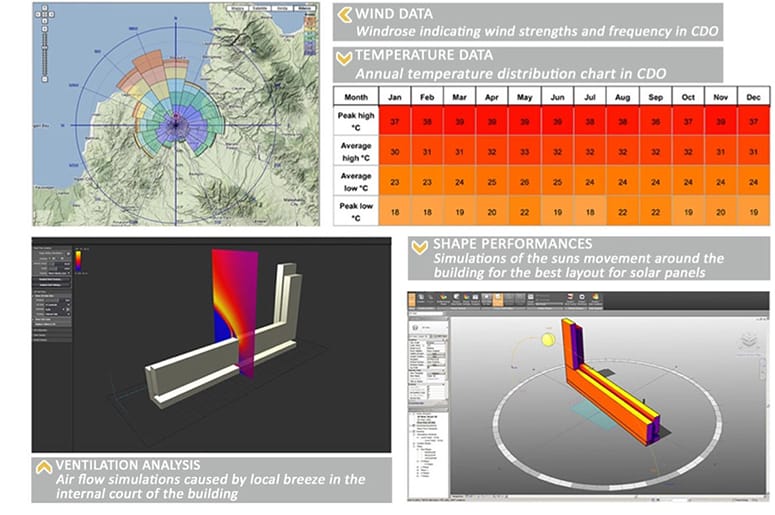As the rainy season commences in the Philippines, the threat of natural calamities such as typhoons and floods becomes more imminent. This period serves as a critical reminder of the importance of disaster-resilient home design and the integration of security in real estate.
Aside from the expected typhoons that will enter the Philippines this year, we are also bracing for a significant amount of rainfall as the country faces an “increasing probability” of La Niña developing in June-July-August of 2024, as per the Philippine Atmospheric, Geophysical, and Astronomical Services Administration (PAGASA).
The Philippines, being situated in a region prone to various natural disasters, has seen its fair share of calamities that have left devastating impacts on homes and infrastructure. Last year’s study conducted by the World Risk Index (WRI) shows that the Philippines is now the most disaster-prone country in the world, beating Indonesia and India as it faces the greatest disaster risk due to its exposure and vulnerability to natural disasters. Learning from past events, the focus has shifted towards constructing homes that can withstand the forces of nature.

For investors, future owners, and current homeowners, protecting real estate properties is not just a matter of safeguarding investments, but more importantly, also ensuring the safety and well-being of occupants.
Our Property Report section editor, Pamela Imperial, has suggested that for this issue, I share with our readers some of my thoughts on building disaster-resilient and secure real estate.
For investors and property owners, investing in disaster resilience and security is a strategic move. Not only does it protect against potential losses, but it also adds value to the property. In the real estate market, secure and resilient homes are more attractive to buyers and renters, who prioritize safety and durability.

Furthermore, the integration of security systems can lead to savings on insurance premiums and reduce the likelihood of costly repairs following a disaster. It is an investment that not only pays off financially but also contributes to the creation of safer communities.
The previous experience of the country from various natural calamities is a stark reminder of the need for disaster-resilient and secure homes. By incorporating robust design features and advanced security systems, real estate properties can be transformed into safe havens that stand strong against the elements and potential security threats.
In addition to our core values of sustainability and cutting-edge design, I am proud that our company, Italpinas Development Corporation, also safeguards our developments with these measures to ensure long-term resilience and security. With this, we build stronger, more resilient homes for future generations of Filipinos.
Let me emphasize three points:
It is imperative to consider not only the immediate costs but also the long-term benefits of investing in disaster-resilient properties. While the initial outlay may be higher, the reduced risk of damage and the potential savings in repair and reconstruction costs make it a wise investment.
The National Building Code of the Philippines must be strictly enforced, ensuring that all structures meet the necessary standards to resist natural disasters. This includes using materials that can endure high winds, heavy rains, and seismic activities. In some designs, innovative solutions such as buildings with flexible frames that sway with seismic waves can offer additional protection. Use of durable materials and the elevation of structures above flood levels are crucial in mitigating the effects of flooding.
Integrating security measures in real estate design is also equally important. With technological advancements, property developers have introduced innovative solutions that enhance property security. Smart locks, biometric systems, and mobile applications for real-time monitoring are just a few examples of how technology is reshaping real estate security.
